Custom Metrics
In addition to the familiar Technology Readiness Level (TRL), we introduced a unique Business Readiness Level (BRL) metric for this project. This metric helps assess the commercial viability of technologies, allowing stakeholders to identify business opportunities by analyzing the gap between technical maturity and market readiness.
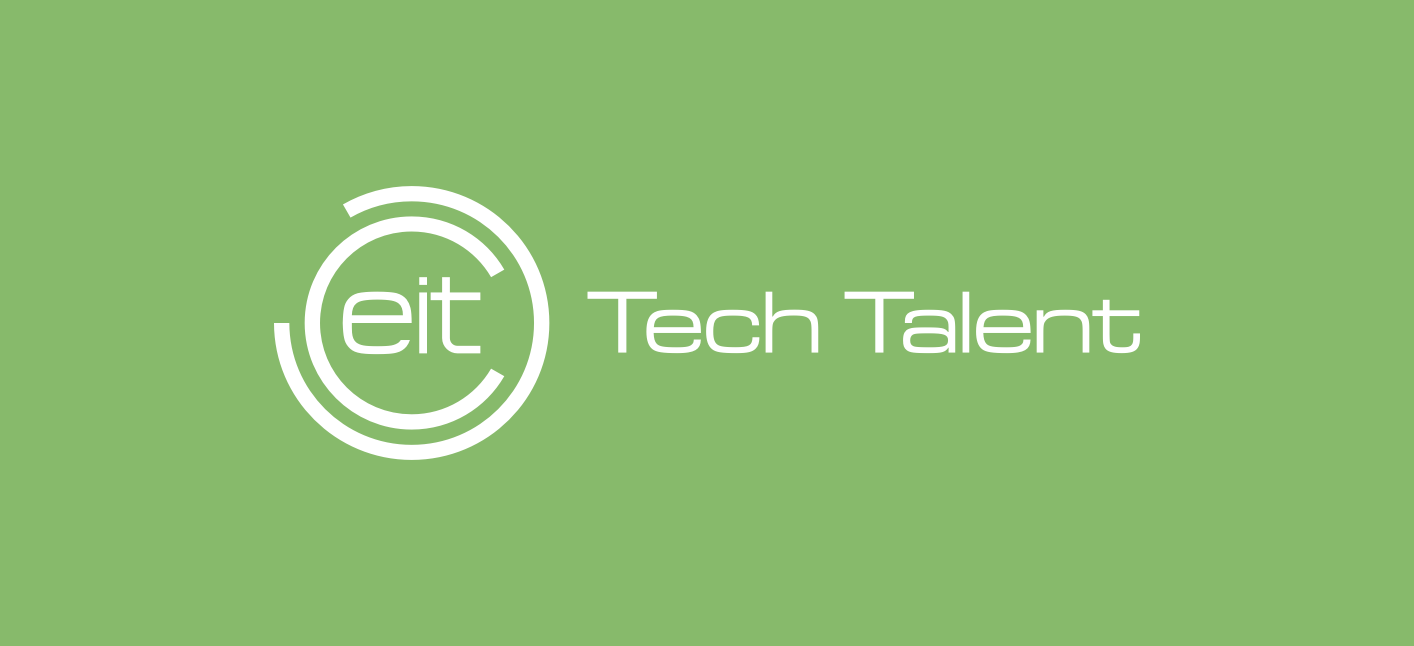 The EIT Deep Tech Talent Initiative (DTTI) radar highlights critical signals within the deep tech sector, alongside real-world use cases and contributions from project pledgers.
The EIT Deep Tech Talent Initiative (DTTI) radar highlights critical signals within the deep tech sector, alongside real-world use cases and contributions from project pledgers.We helped EPRI design a custom survey to gather external stakeholder assessments, crowdsourcing technology selection and evaluating the relevance of each entry. By narrowing down internal metrics from over a dozen to six core metrics, we ensured consistent data visualization. In addition to Technology Readiness Level (TRL), each technology was evaluated across categories such as Market Disruption Potential, Economic Impact, Socio-Political Impact, Environmental Impact, Ease of Implementation, and Time to Commercialization.
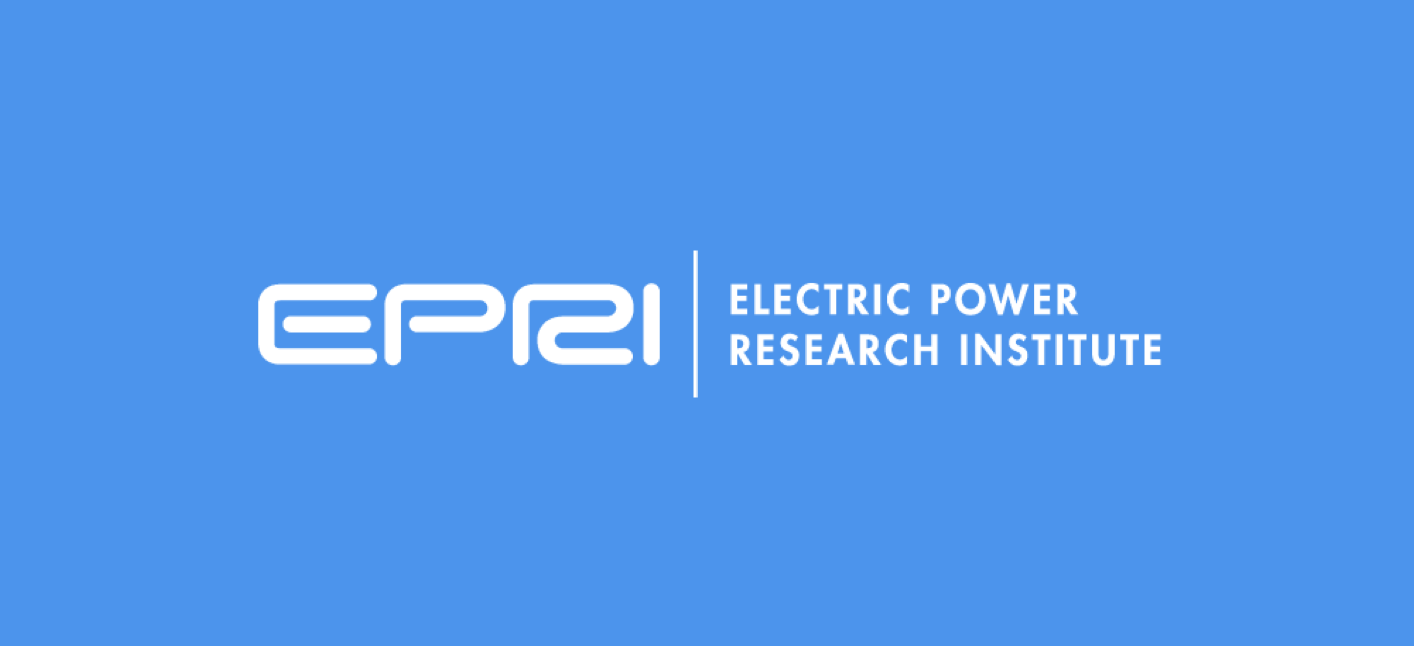 A joint initiative with the Electric Power Research Institute (EPRI) to identify and analyze emerging energy technologies that are driving innovation within the utility sector.
A joint initiative with the Electric Power Research Institute (EPRI) to identify and analyze emerging energy technologies that are driving innovation within the utility sector.The Horizon 2045 radar includes a highly personalized set of metrics. Unlike conventional radars that focus on Technology Readiness Levels, this project introduces two entities—Issues and Key Signals—represented by different symbols (circles and triangles). These entities are positioned across six security dimensions, from individual to planetary, shifting the emphasis from TRL to impact. A comprehensive tagging system links signals with broader shifts, drivers, and scenarios, creating an integrated view of possible futures.
 Navigate the key forces and emerging issues shaping the future of global security.
Navigate the key forces and emerging issues shaping the future of global security.In addition to the standard Technology Readiness Level (TRL), we introduced an Impact Score to assess the broader effects of each technology. We assisted EITM with survey design and developed a scoring methodology for crowdsourced evaluations by key industry stakeholders, providing deeper insights into each solution’s potential.
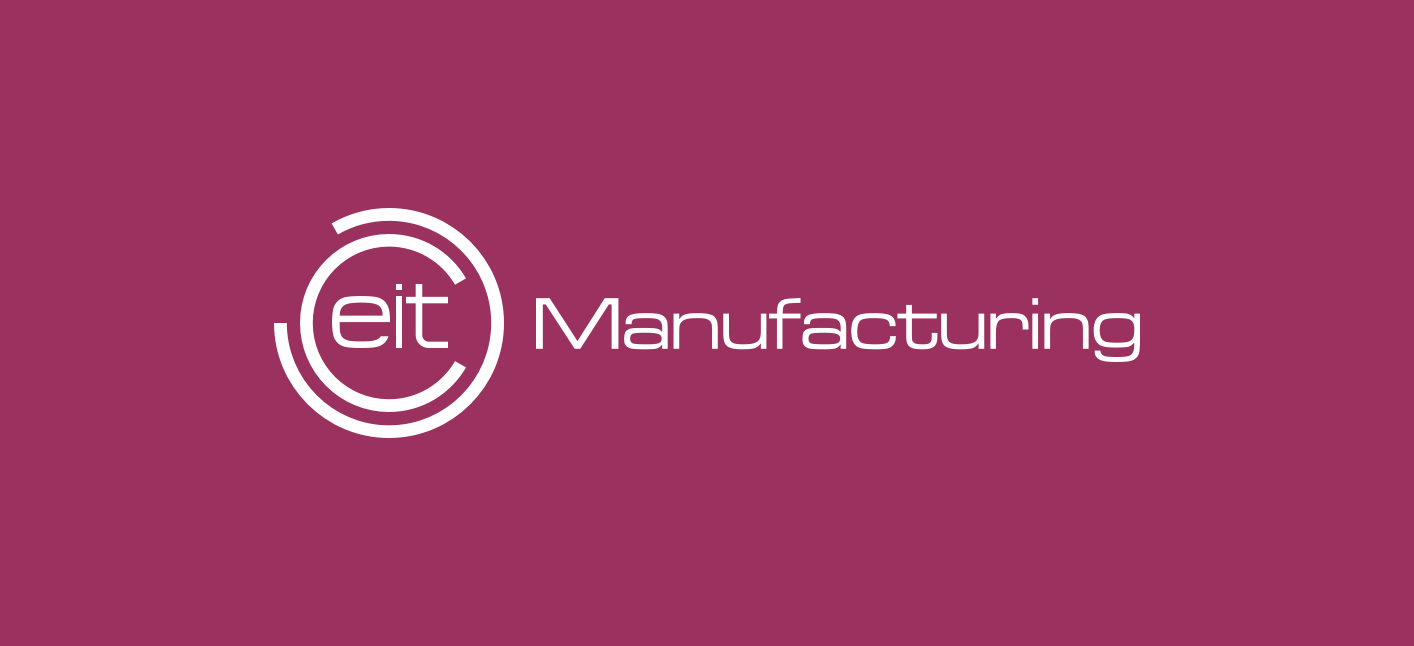 The European Institute of Technology (EIT) Manufacturing is leading the charge in equipping partner organizations for a high-tech future through its industry-specific tech radar, showcasing emerging manufacturing solutions.
The European Institute of Technology (EIT) Manufacturing is leading the charge in equipping partner organizations for a high-tech future through its industry-specific tech radar, showcasing emerging manufacturing solutions.This radar leverages unique custom metrics, visualized through features like distance from the center, radius, and bar size. These metrics, crowdsourced during workshops, provide a dynamic view of the data: the distance indicates context divergence, the radius reflects the potential effect, and the bar size measures the likelihood or plausibility of each signal. Clusters are organized by key categories, including Social, Technological, Economic, Environmental, Political & Legal, Ethical, and Demographic spheres. Each signal is tagged across dimensions like scan hit, timeframe, newness, and novelty.
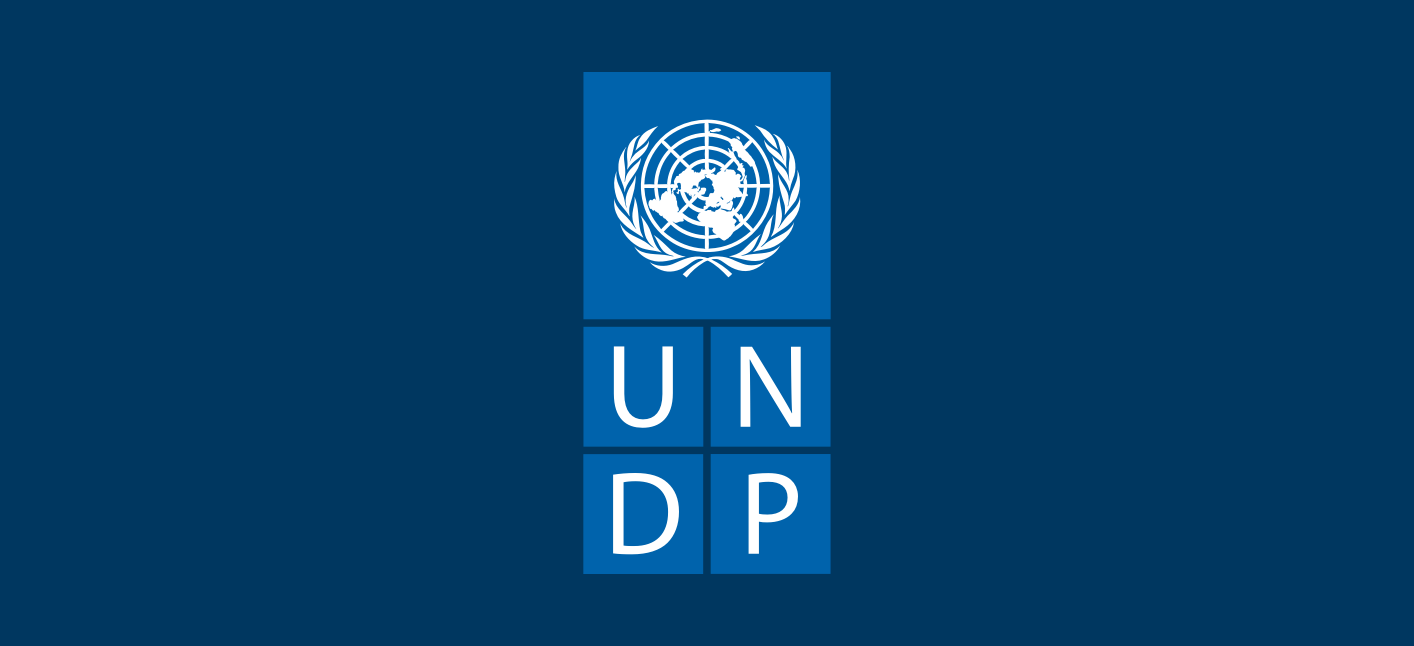 Developing a foresight radar in collaboration with UNDP Ukraine to track critical signals of change impacting the region.
Developing a foresight radar in collaboration with UNDP Ukraine to track critical signals of change impacting the region.We co-designed the platform’s custom metrics with GIZ, focusing on gender and sustainability impacts. These metrics allowed for the evaluation of how emerging technologies affected these areas, aligning the research closely with the Sustainable Development Goals (SDGs). Throughout the project, we co-conducted workshops with GIZ teams and external experts to collect data and continuously evaluate the technologies' impact. This process also involved maintaining a historical record of the technologies in the back-end, helping track their development and influence over time.
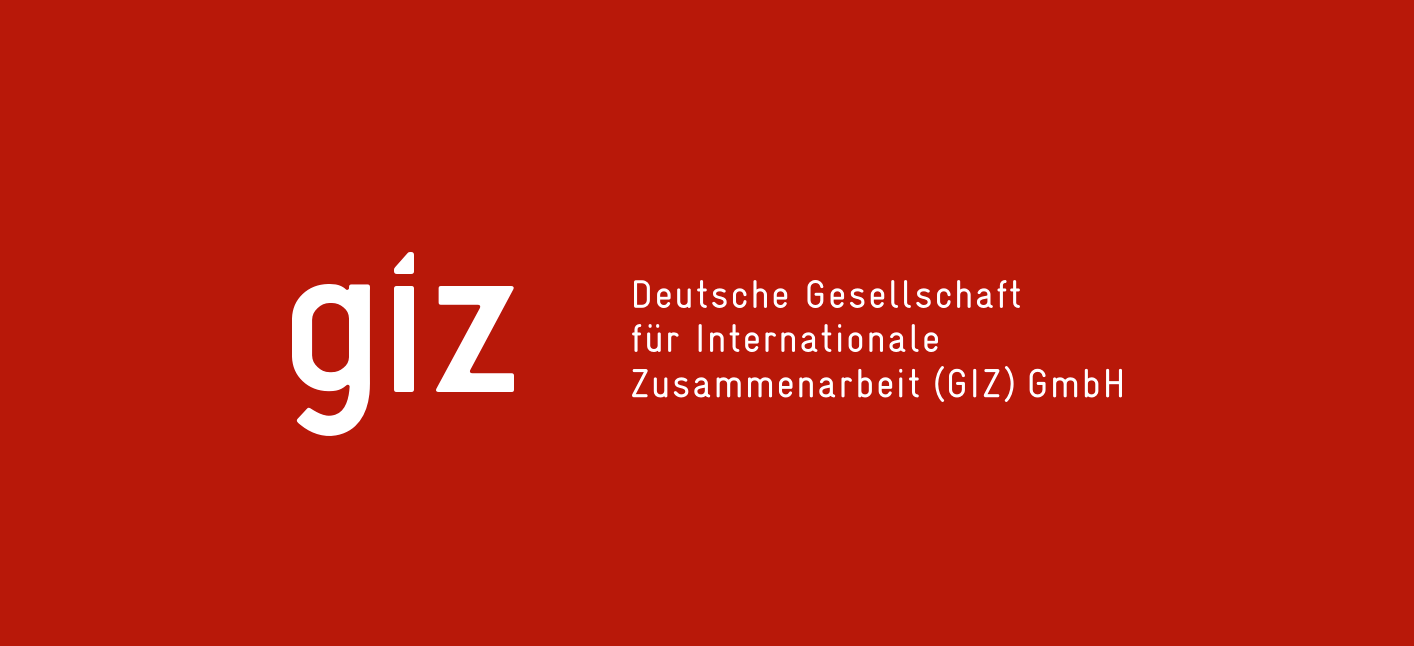 Analyzing the impact of emerging technologies on sustainable development for GIZ, Germany’s leading development agency.
Analyzing the impact of emerging technologies on sustainable development for GIZ, Germany’s leading development agency.To support strategic analysis, we designed several indicators to help Nubank evaluate each technology. These metrics included key indicators such as ease of implementation, social acceptance, and regulatory requirements, allowing Nubank to assess technologies according to their priority areas. We spearheaded the data collection process, involving expert consultations and a crowdsourcing initiative to gather diverse perspectives and refine the radar’s content. This ensured that the radar offered a comprehensive and well-rounded view of the future investment technology landscape.
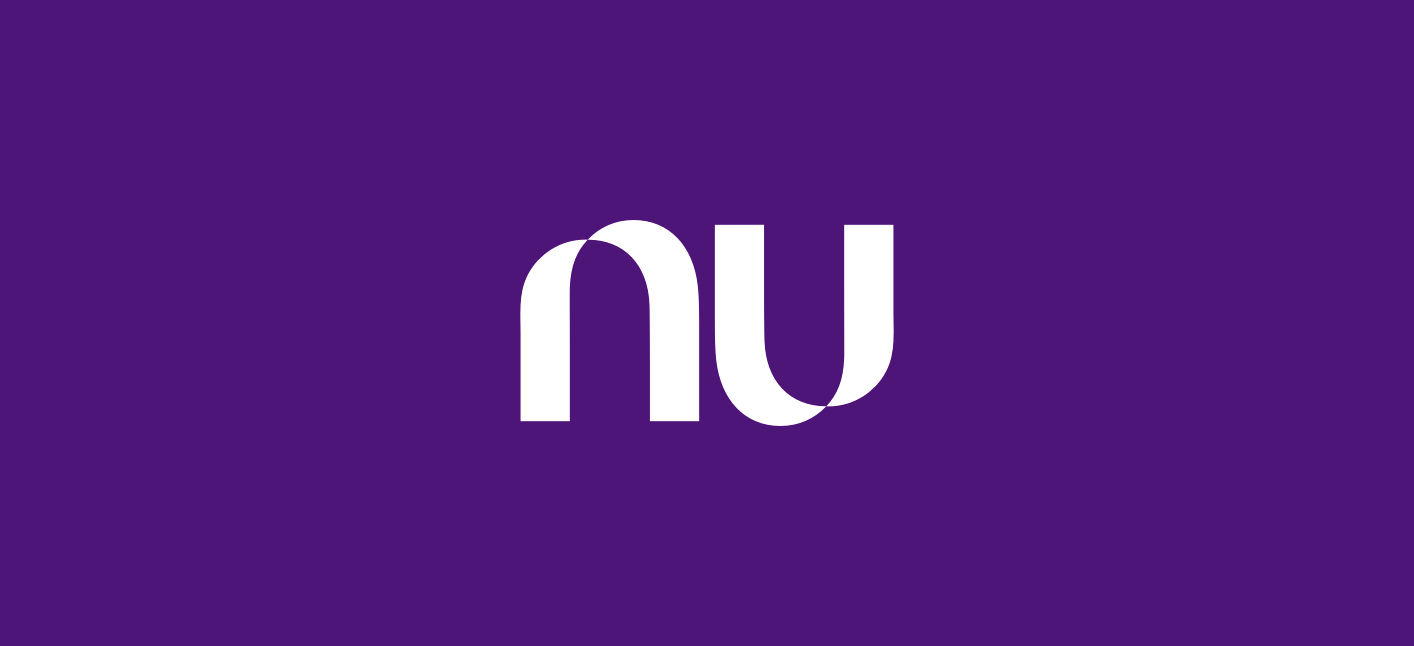 Collaborating with Nubank to develop a comprehensive technology radar that explores the future of global investment technologies, moving beyond cryptocurrencies and into broader financial innovations.
Collaborating with Nubank to develop a comprehensive technology radar that explores the future of global investment technologies, moving beyond cryptocurrencies and into broader financial innovations.We developed several custom metrics to evaluate the technologies featured in the radar. These metrics included the number of patents associated with each technology, as well as four additional indicators: impact on users’ lives, social acceptance, ease of adoption, and regulatory requirements. These metrics provided WIPO with a robust framework to assess the significance of each assistive technology, helping to prioritize innovations with the most potential to impact society. We also assisted in the data collection process, ensuring accuracy and relevance in the final radar presentation.
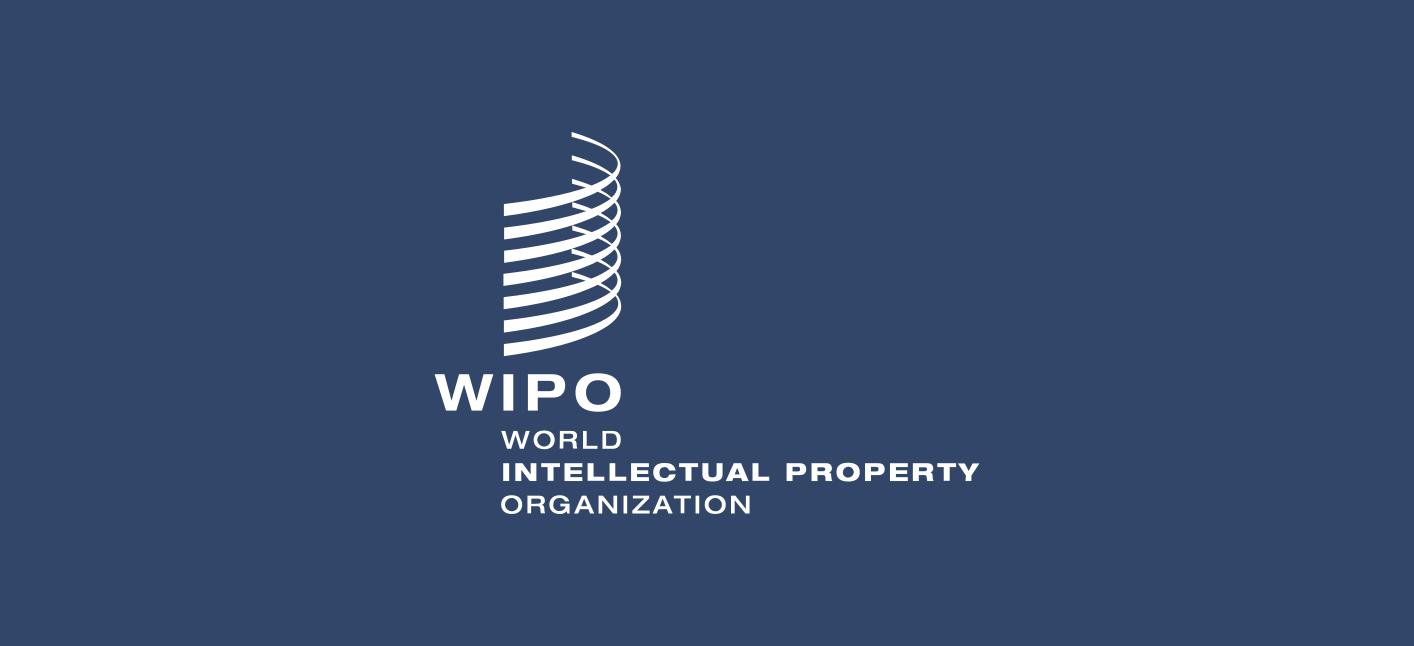 A collaborative project with WIPO, the World Intellectual Property Organization, to map out and visualize the landscape of Assistive Technologies and their corresponding patents.
A collaborative project with WIPO, the World Intellectual Property Organization, to map out and visualize the landscape of Assistive Technologies and their corresponding patents.We developed custom metrics for the radar, using a survey-based approach to gather data from internal stakeholders. The metrics included key measurements such as familiarity, relevance, and degree of development for each technology. The survey results highlighted the most impactful technologies across all metrics, allowing Nestlé to prioritize its innovation efforts around the most promising opportunities.
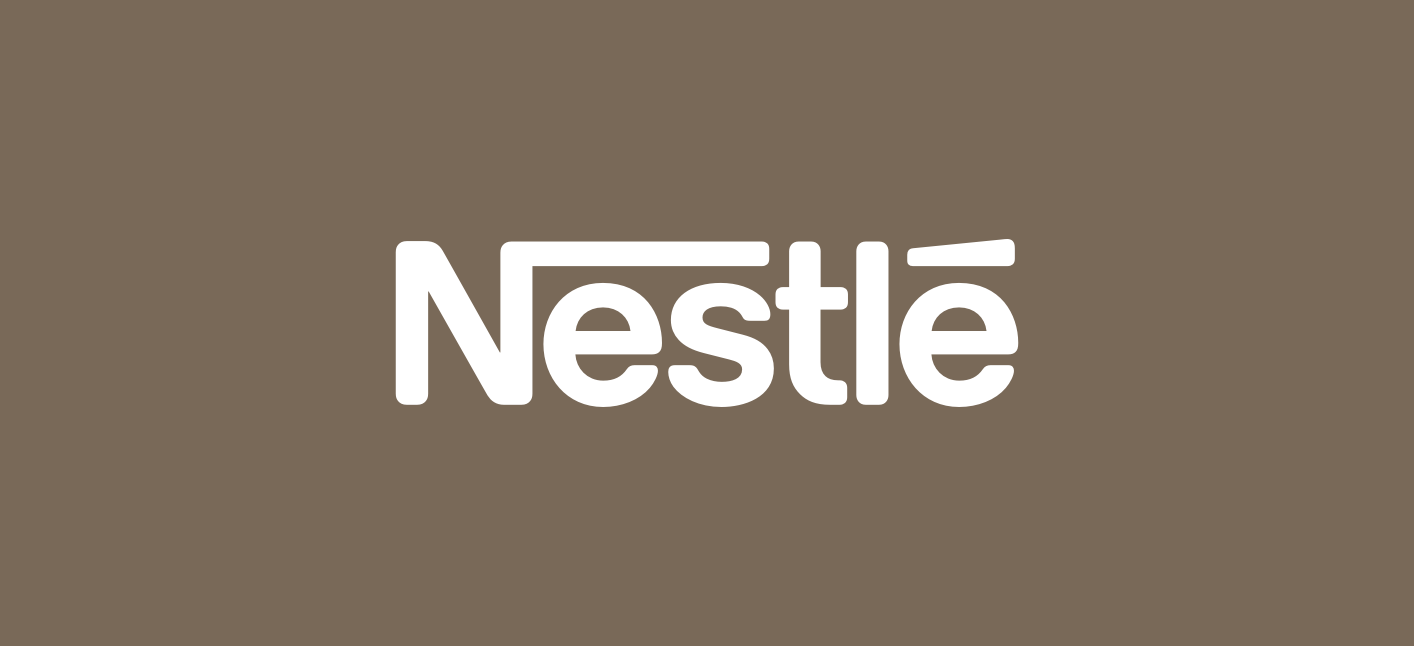 Collaborating with Nestlé to survey internal knowledge and evaluate new opportunity spaces in food tech, focusing on decision-making and technology prioritization for future product development.
Collaborating with Nestlé to survey internal knowledge and evaluate new opportunity spaces in food tech, focusing on decision-making and technology prioritization for future product development.For our research on the Future of Supply Chain, we created an impact assessment score to evaluate the potential influence of each technology on the field. This radar included an open survey to crowdsource impact data from a broad community, and the findings were presented during workshops at EPFL. This ensured a comprehensive evaluation of each technology’s readiness and potential for future implementation.
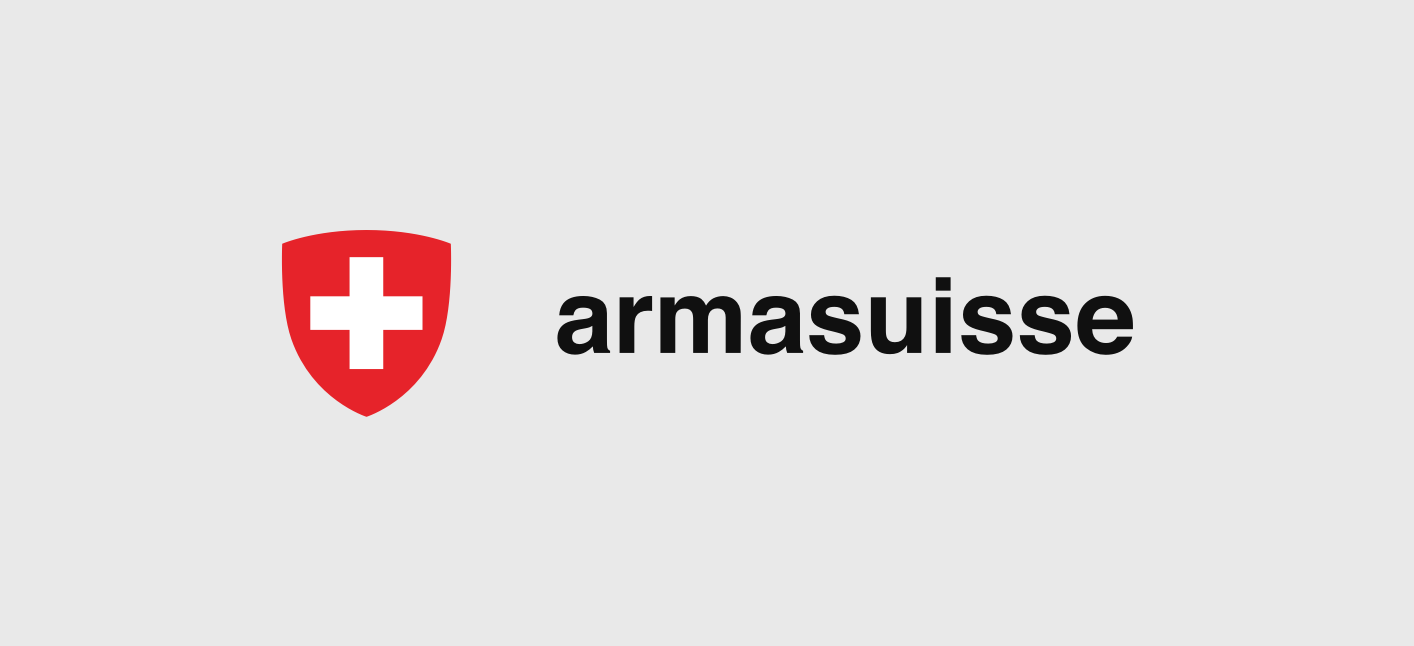 A 5 year long research partnership with armasuisse, through DEFTECH (Defense Future Technologies), exploring the impact of emerging technologies with several open-source radar installations.
A 5 year long research partnership with armasuisse, through DEFTECH (Defense Future Technologies), exploring the impact of emerging technologies with several open-source radar installations.For over 60 technologies, we implemented a live data collection process during workshops, engaging more than 40 participants—mostly government officials. Attendees scored technologies on two primary metrics: viability (how prepared the region is and how likely it is to adopt the technology) and impact (the importance of the technology in shaping the future). These scores were visualized in a heatmap, offering clear insights into where to focus investment and policy efforts. This real-time data collection provided actionable insights for integrating technology into future governance strategies.
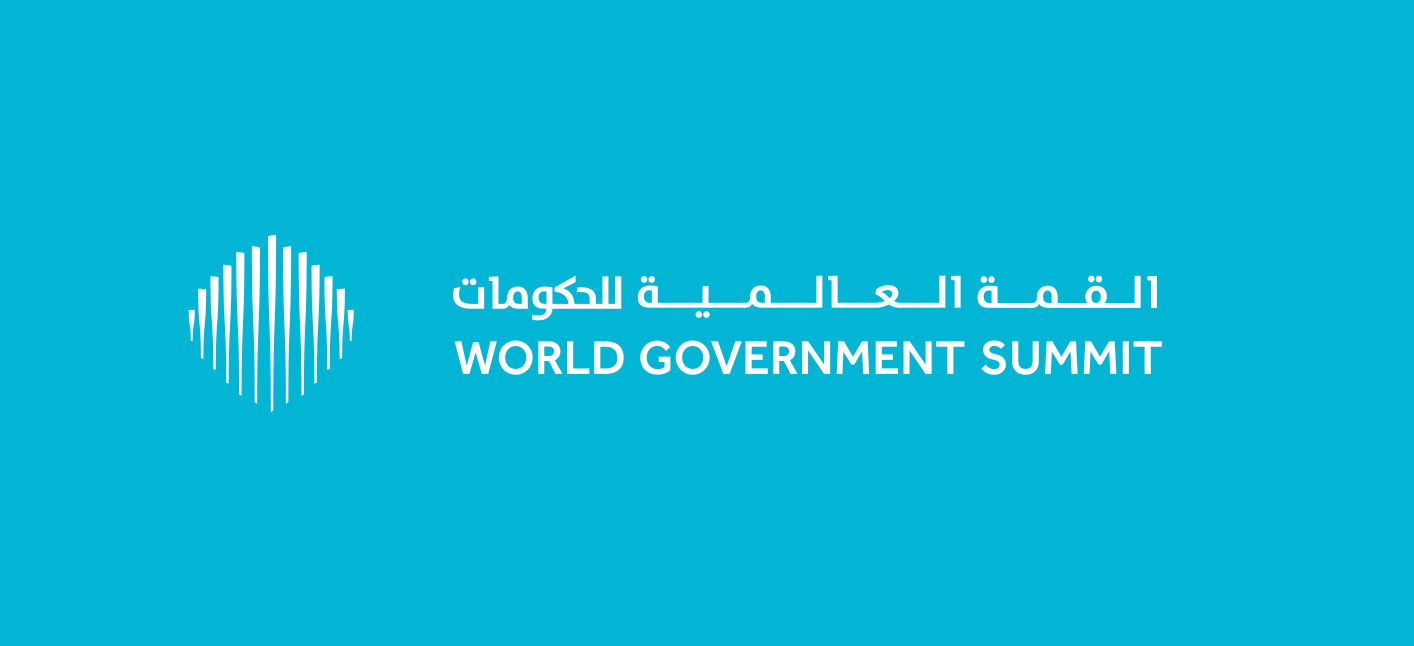 Masterclasses and technology insights for hundreds of government officials, presented at the World Governments Summit (WGS) in Dubai.
Masterclasses and technology insights for hundreds of government officials, presented at the World Governments Summit (WGS) in Dubai.To help Visa executives make informed strategic decisions, we developed custom metrics for assessing the viability and impact of each emerging technology. During workshops, Visa’s leadership teams scored these technologies based on their likely effect on the payment industry, as well as their feasibility for implementation. This scoring system provided Visa with a heatmap of priorities, helping to focus efforts on the most promising innovations for the future of payments.
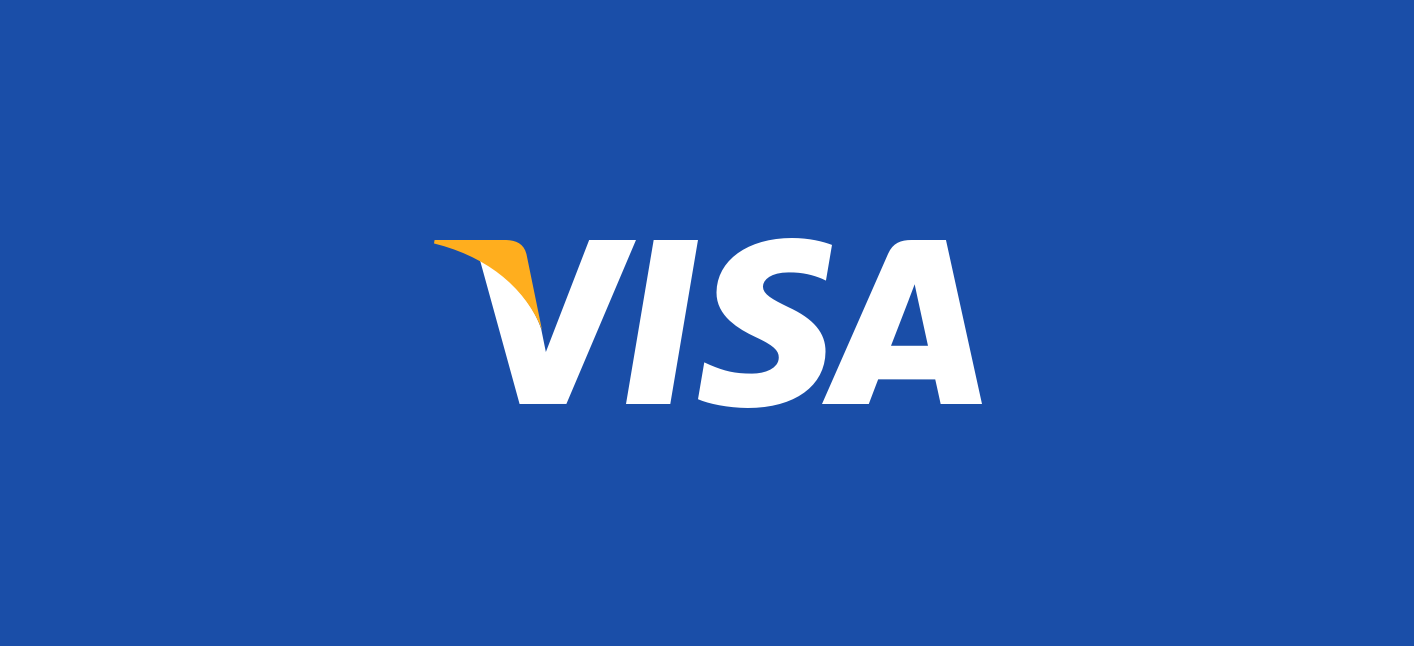 Collaborating with Visa LATAM's innovation team to explore and shape the future of payment technologies, fostering strategic insights and innovation across the payment value chain.
Collaborating with Visa LATAM's innovation team to explore and shape the future of payment technologies, fostering strategic insights and innovation across the payment value chain.